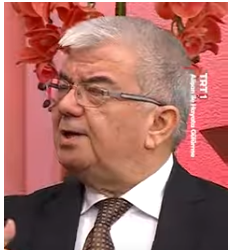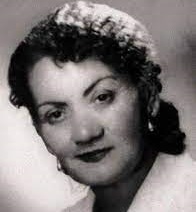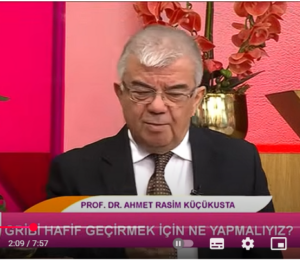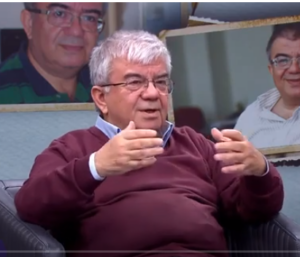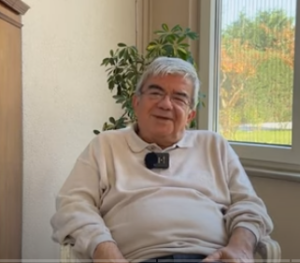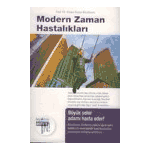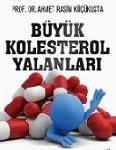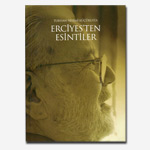MADRID DECLARATION ON OZONE THERAPY
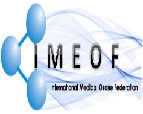
Approved at the “International Meeting of Ozone Therapy Schools” held at the Royal Academy of Medicine in Madrid on the 3rd and 4th of June, 2010, under the auspices of the Spanish Association of Medical Professionals in Ozone Therapy (AEPROMO)
Taking into account that since the discovery of ozone by the German chemist Christian Friedrich Schönbein in 1840, its medical use has increased in different parts of the world; there is more interest from health professionals to know how it works and what are its benefits; the number of ozone therapists keeps growing all around the world; and an increasing number of patients are benefiting from it. However its consolidation has not been easy, resistance it still found within the medical community and its recognition in the legal field will require more and coordinated efforts.
Recalling that pre-clinical research and clinical trials on the use of ozone therapy have been carried out in Cuba, Germany, Italy, Russia and other countries, with considerable scientific rigor, obtaining results that support its practice using different medical protocols.
Bearing in mind that the preclinical studies, genotoxics, toxicology and clinical studies carried out, endorse the application and the innocuous character of this medical therapy using a fairly wide range of doses.
Emphasizing that research and clinical experience with medical ozone are making progress, despite the various obstacles they face, becoming a permanent challenge for researchers and for ozone therapy associations, mainly due to the lack of access to financial resources which they need in order to be able to continue with the scientific research that is required.
Stating that it is absolutely necessary to work with specific objectives, planning globally those necessary actions, so that ozone therapists working together will be forwarding with great precision and securely the practice of ozone therapy.
Recognizing that there is variance that the medical community wishes to standardize, and that progress already has been made, that it should be taken into account; it is necessary to continue with the development of medical definitions of procedures and protocols determining the best applications where it is necessary, as well as a code of good practice, in order to overcome more efficiently the possibility of malpractice.
Welcoming with great satisfaction that ozone therapy practice was regularized in Russia in 2007 by the Federal Service Public Health Control and Social Development, the first country in the world to do so; in Cuba in 2009, by the Ministry of Public Health; in Spain, by the Balearic Islands, and the Canary Islands (2007), Madrid (2009) and Galicia, Castilla-La Mancha, and Castilla y León (2010) Autonomous Communities; that in Italy significant advances have been done towards ozone therapy by the Regions of Lombardy (2003), Emilia-Romagna (2007) and Marche (2009), and favorable court decisions have been taken by the Administrative Court of Lazio (1996 and 2003).
The speakers at the “International Meeting of Ozone Therapy Schools” as well as the associations of ozone therapy present at the same have adopted the following
CONCLUSIONS
First. To approve the “Therapeutic Ranges for the Use of Ozone” detailed within the “Recommendations” section of this Declaration.
Second. To increase the exchange of knowledge, research, and experiences, both positive and negative that occur in the field of ozone therapy, in furtherance of increasing the knowledge of the huge benefits that this therapy has. To stimulate the publications of research results in specialized medicine journals.
Third. To encourage health researchers to increase their creative efforts, so that, ozone therapy continues to demonstrate its therapeutic benefits with safety and effectiveness under the development of controlled clinic trials.
Fourth. To stimulate the creation of Standardized Operative Procedures, according to good clinical practices for each procedure, taking into account knew developments, with the view to increase the quality and make homogeneous diverse treatments.
Fifth. To make systematic efforts to ensure that each scientific congress/meeting to be organized adopts conclusions that reflect the progress made and set achievable and realistic targets, sharing the findings and aims to encourage and promote research to deepen the understanding of ozone therapy. To work towards the harmonization and unification of criteria at the international level among different scientific societies.
Sixth. To encourage the different associations to work in their own countries where the ozone therapy has not yet been regularized to get it properly regularized and therefore to enjoy a legal status.
Seventh. To encourage the preparation of text books, the organization of theoretical courses and practical training on ozone therapy, so that those who practice it do so based on sound knowledge; this will necessarily be reflected on a more efficient medical health care which will benefit the patients.
The speakers at the “International Meeting of Ozone Therapy Schools” as well as the participants associations at the same have adopted the following
RECOMMENDATION
That the “Therapeutic Ranges for the Use of Ozone” as detailed in the annex to this “Madrid Declaration” and an integral part thereof, serve as a reference to ozone therapists in order for them to implement them carefully and systematically.
These “Therapeutic Ranges for the Use of Ozone” are the summary of scientific research in different countries and are the result of many years of experiential and clinical practice.
The speakers at the “International Meeting of Ozone Therapy Schools” as well as the participants associations at the same
We express our most sincere recognition to Dr. Velio Bocci, Emeritus Professor of Physiology at the University of Siena, for the significant and important contributions he has made in favor of ozone therapy in the fields or research, teaching, information and patient care, to the point that within the ozone therapy history he must be considered as one of its most important pioneers.
Finally we express our gratitude to the Spanish Association of Medical Professionals in Ozone Therapy (AEPROMO) for its initiative and implementation of this “International Meeting of Ozone Therapy Schools” warmly housed in the centenarian walls of the Royal National Academy of Medicine in Madrid.
Madrid, June 4, 2010
ANNEX TO THE MADRID DECLARATION ON OZONE THERAPY WHICH IS INTEGRAL PART THEREOF
Recommendation approved at the “International Meeting of Ozone Therapy Schools” held at the Royal Academy of Medicine in Madrid on the 3rd and 4th of June, 2010, under the auspices of the Spanish Association of Medical Professionals in Ozone Therapy (AEPROMO)
THERAPEUTIC RANGES FOR THE USE OF OZONE
1. THERAPEUTIC BASIS Ozone therapeutic indications are based on the knowledge that low physiological concentrations of ozone may play important roles within the cell. At molecular level, different mechanisms of action have been shown that support the clinical evidence for this therapy.
There are therapeutic, non effective, and toxic concentrations, of ozone. It has been proved that concentrations of 10 or 5 μg/ml and even smaller, have therapeutic effects with a wide security margin, so it is now accepted that the therapeutic concentrations range from 5 to 60 μg/ml. This range applies to local and systemic application techniques.
It should be emphasized that each route of application has a minimum and a maximum dosage as well as concentration and volume to manage.
All the therapeutic dosages are divided into three types, according to their mechanism of action:
a) Low doses: These doses have an immunomodulatory effect and are used in those diseases where there is suspicion that the immune system is compromised.
b) Medium doses: They are immunomodulatories and stimulate the antioxidant enzyme Defence System. They are most useful in chronic degenerative diseases such as diabetes, atherosclerosis, COPD, Parkinson syndrome, alzheimer, and senile dementia.
c) High doses: They are employed especially in ulcers or infected injuries. Also they are used to ozonize oil and water. The ozonization of oils never can be produced with a medical generator because it cannot be avoided that oil steam diffuse in the high-voltage pipes. ¡The result is the production of several very toxic substances! Except in the generators with valve that cuts the exit of ozone.
Devamını okumak için: http://www.ozontherapie-aerzte.ch/OZONTHERAPIE_files/Madrid%20Declaration%20updated%20July%2030.pdf
Metnin Türkçesi için: http://www.moder.org.tr/imgs/dosya/deklarasyon.pdf
